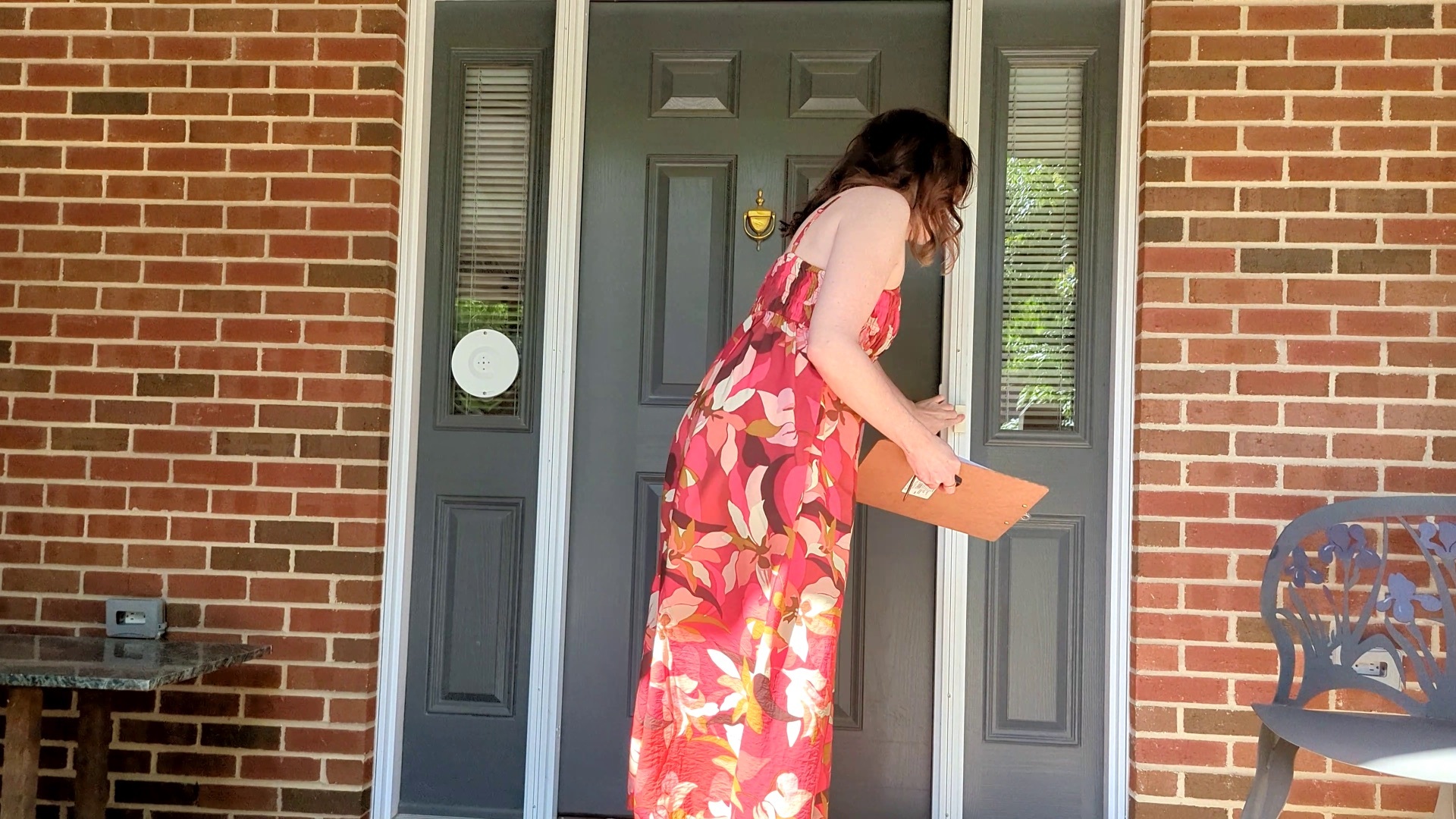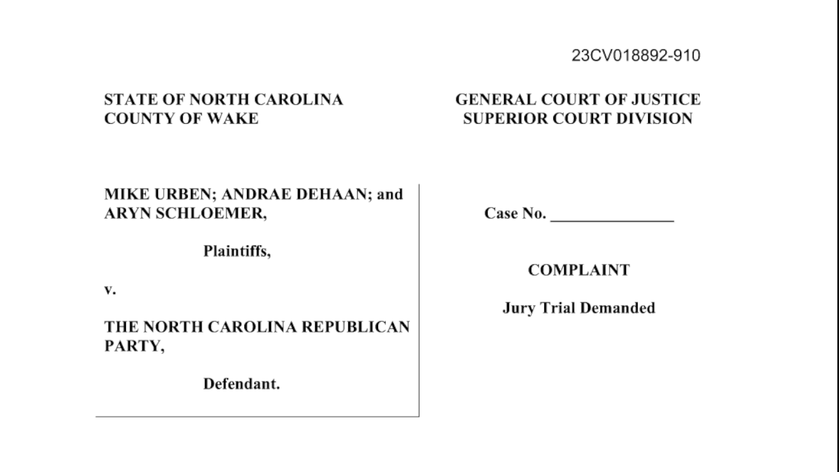This week, it was revealed that a 2022 school board election in New Jersey was certified incorrectly after an audit found that certain districts had been double counted due to "human procedural error". I was particularly interested in this story because most if not all North Carolina counties use voting machines from the same manufacturer: Election Systems and Software (ES&S).

North Carolina requires "Logic & Accuracy" testing, which ensures that the electronic voting systems in use will correctly read and count the ballots for each election. However, the tests described on the NCSBE website would not catch the type of procedural error which occurred in this New Jersey election, which involved the USB drives containing the results from certain districts being inserted twice into the main “results reporting module”. It would seem reasonable to me to require that any counting system/software be able to detect that the same votes were being counted twice, but the election software in this case was misconfigured by ES&S technicians, according to the company’s spokesperson.
The error was not caught by the post-election audit: it was only discovered during an investigation into an unrelated issue.
I spoke to local election integrity advocate Lynn Bernstein about whether this type could occur in one of our local counties (edited for length and clarity):
Durham County is a great county to go to on election night. When I was in Durham County, what would happen is the precinct judge would bring in the materials in a box, they would sit at a table across from the board of election staff, and they would go through a checklist and make sure that they were bringing everything back: all the ballots, all the data sticks, all the everything. The election director would take the data stick in his hand and he'd hold it up and he'd announce the precinct number with the board and the public sitting there. So what they were doing is verifying the serial numbers on each stick and loading those in and you could see that data being loaded onto that EMS (Election Management System). Then they were refreshing the state board website and I'd say within a minute you'd see it pop up on the state board website.
Wake County, on the other hand, does not even allow the public onto the election board property while the results are being brought back to the headquarters on election night.
Wake County is very different. In Wake County they won't let anyone even look through the gate of the property. The General Statutes say that “any member of the public wishing to witness the vote count at any level shall be allowed to do so.” I talked to one of the legislators who enacted that bill and I asked her about it. She said they meant it to include everything and they left it very broad and open because they wanted a very transparent process.
It used to be that North Carolina had all-in-one machines and we used to send all our vote totals remotely via modem. There was no data stick to actually put into a computer at the county board of election. It just went there automatically. So when they switched and said no more remote sending, the state board at the time sent out a directive reminding everyone that as part of the canvass, which every member of the board has to be at, includes putting these data sticks into the machine.
I actually haven't found a single county where the board isn’t all present. Wake County is the only county I’ve found where they only have two members present because they don't want to have a quorum. A quorum means they have to let people in.
Bernstein is currently suing the Wake County Board of Elections after she was banned from their headquarters, where they hold public meetings.
This article was featured in This Week in the Triangle, a local newsletter I started this year to cover local stories here in North Carolina
























